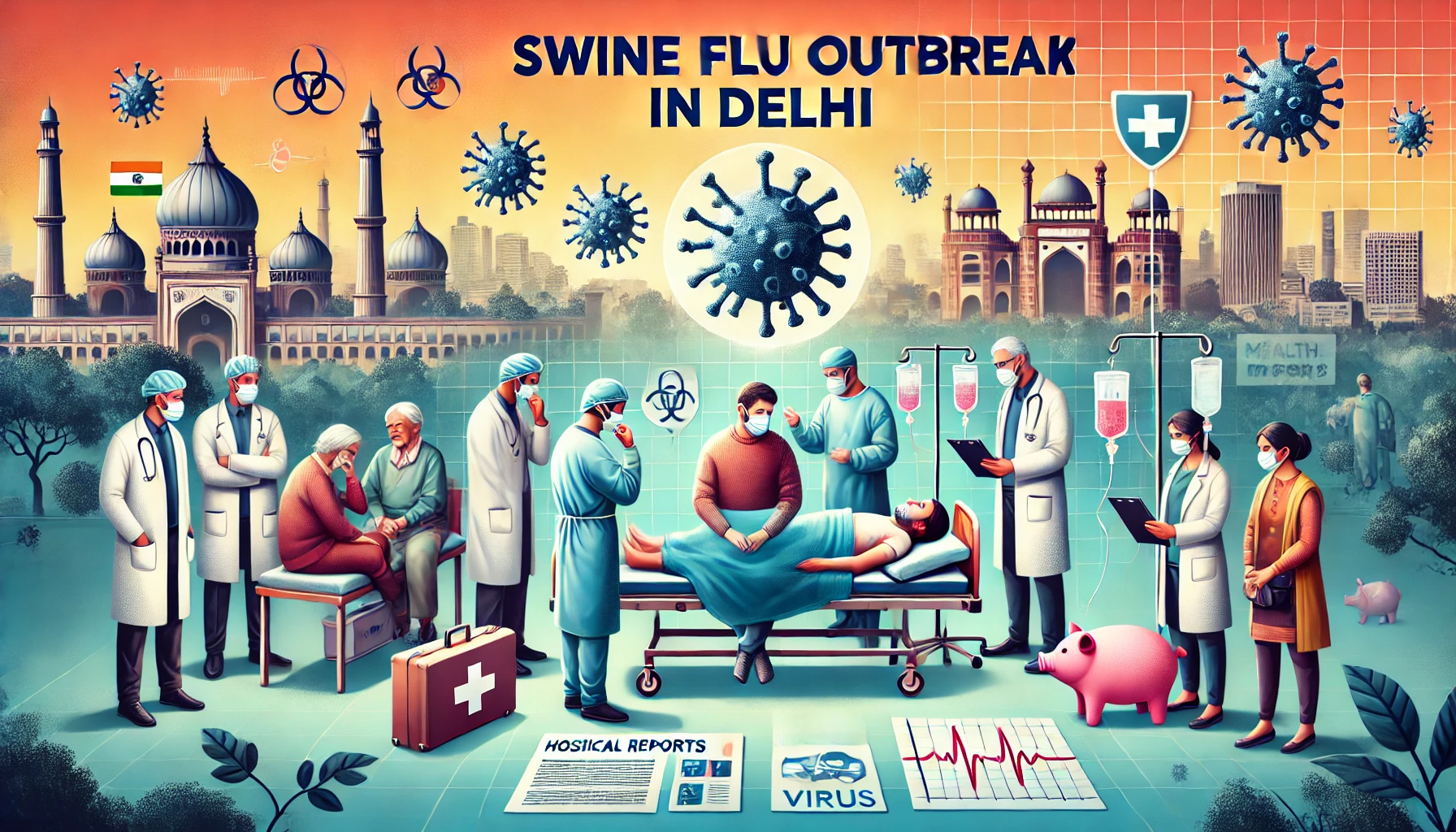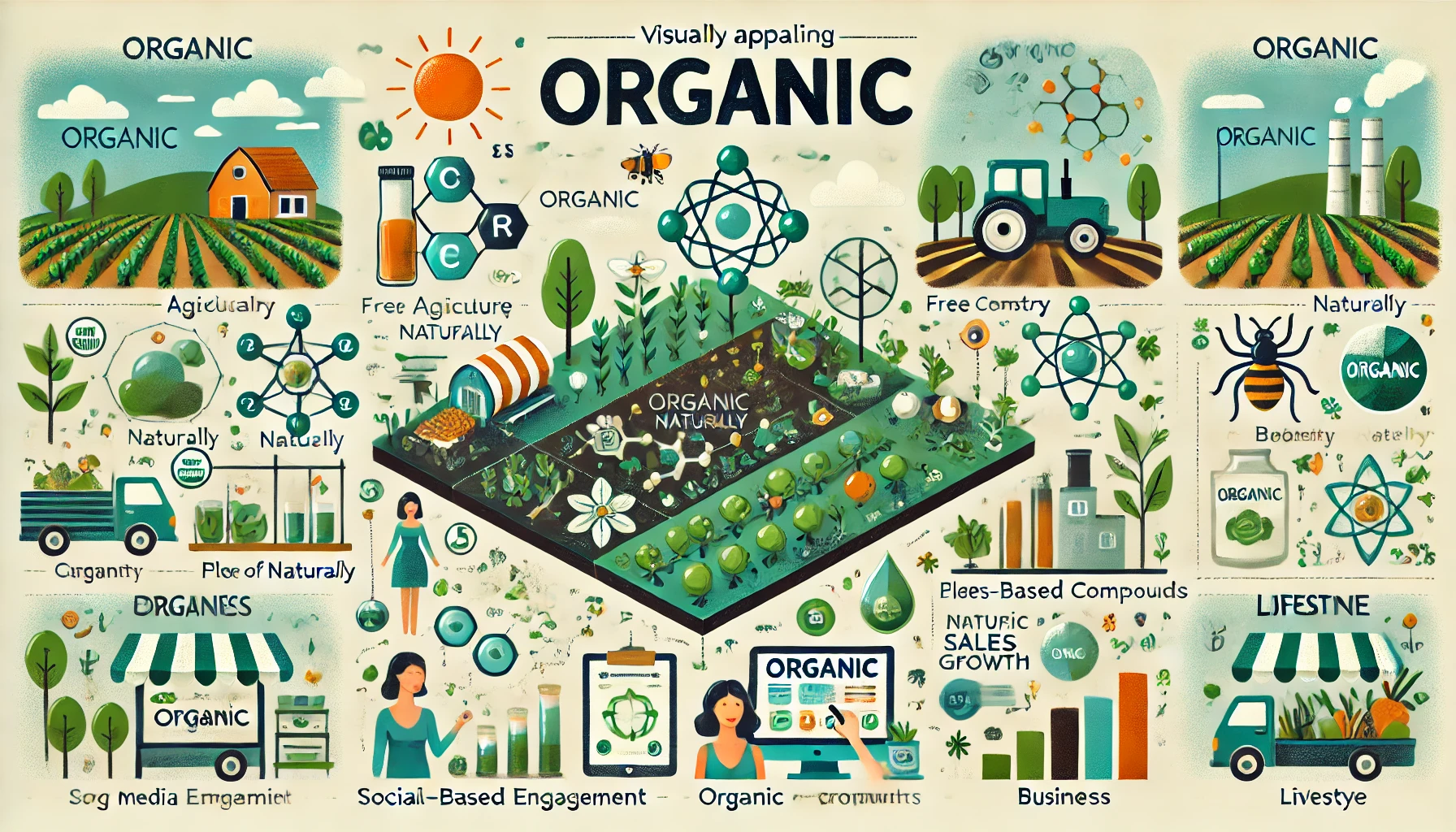As of December 2024, India has seen a significant rise in swine flu (H1N1) cases, with over 20,000 people infected and 347 lives lost due to the disease. The seasonal transition from winter to spring has created the perfect conditions for viral infections to thrive, leading to an increase in flu and respiratory illnesses across the country. Delhi has been particularly hard-hit, recording the highest number of H1N1 cases, with 3,141 infections so far.
Other states like Kerala, Maharashtra, Gujarat, Tamil Nadu, and Rajasthan have also experienced a spike in swine flu cases. Kerala has reported 2,846 cases, followed by Maharashtra with 2,027 cases, Gujarat with 1,711, Tamil Nadu with 1,777, and Rajasthan with 1,149 cases.
The two main strains of the flu currently circulating in India are Influenza A (H1N1) and its subtype H3N2, which are responsible for the majority of infections. The H1N1 strain, also known as swine flu, is a respiratory illness that affects the lungs and is transmitted from person to person. The disease got its name because it resembles the flu typically seen in pigs.
Symptoms of Swine Flu (H1N1)
Swine flu symptoms are similar to those of seasonal flu and can include:
- Fever
- Cough
- Sore throat
- Runny or stuffy nose
- Body aches
- Fatigue
- Headaches
- Sometimes, vomiting or diarrhea
If you experience any of these symptoms, it’s important to seek medical advice immediately, especially if you’re at a higher risk of complications (such as the elderly, children, or individuals with existing health conditions).
Precautions to Prevent Swine Flu
To protect yourself and others from swine flu, take these essential precautions:
- Wash hands regularly with soap and water for at least 20 seconds.
- Cover your mouth and nose with a tissue or elbow when coughing or sneezing.
- Avoid close contact with anyone showing symptoms of flu.
- Stay home if you’re sick to prevent spreading the infection.
- Wear a mask if you’re feeling unwell and need to interact with others.
- Keep your environment clean by disinfecting commonly touched surfaces.










